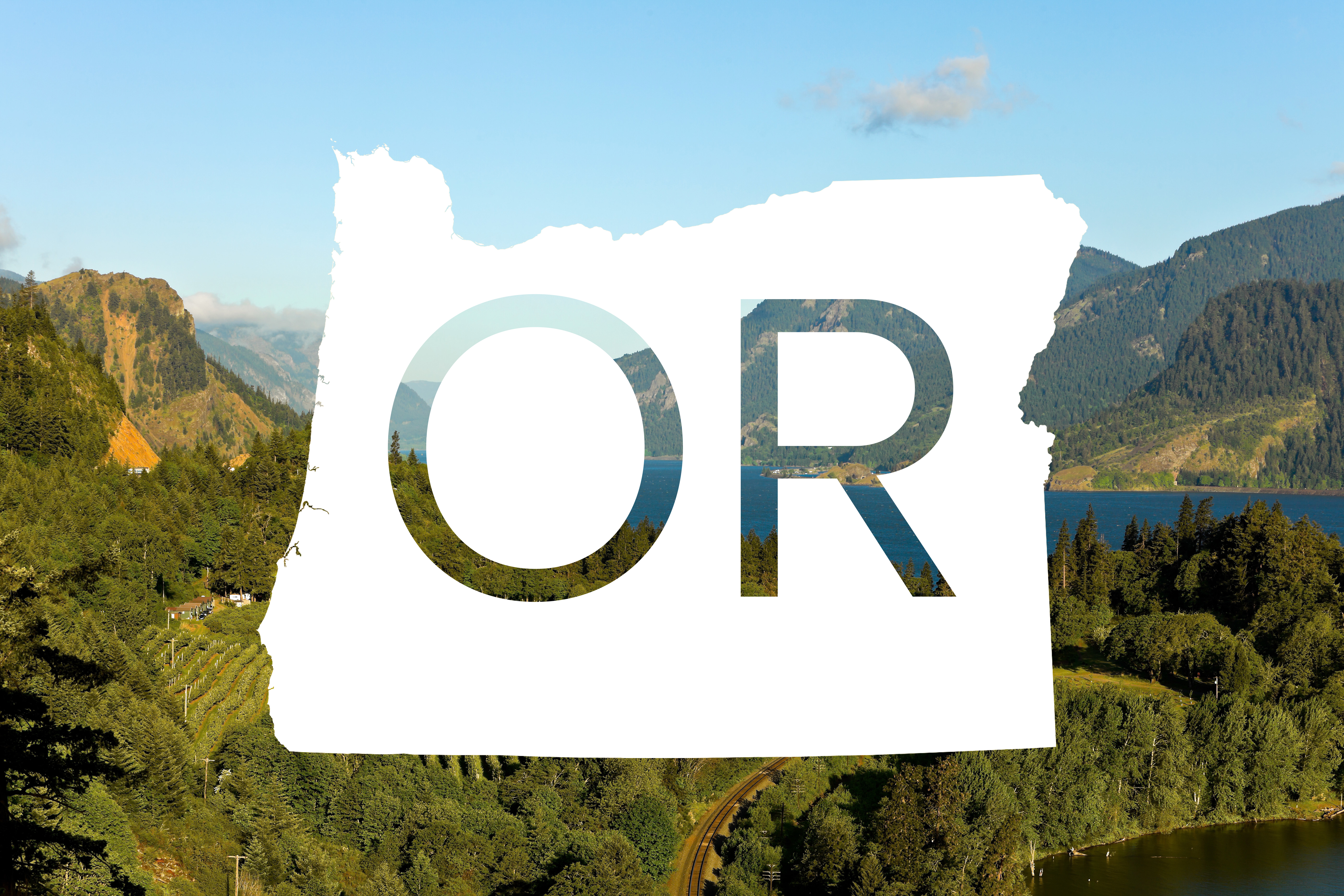To begin celebrating Oregon Wine Month here at Cameron Hughes Wine, we’d like to take a little time to discuss the ever-more-decorated state’s history and breakdown it’s Willamette Valley appellation.
An overview: The story of Oregon Pinot and the Willamette Valley (in an organized fashion) begin with a dental student from Utah in the Dundee Hills area around 1963. On his way to San Francisco to study, he encountered Napa Valley (probably had a few too many), then had an epiphany and studied viticulture at UC Davis (where he undoubtedly had a few too many more – to our benefit). After learning, he went home, planted around 3,000 Pinot vines after studying the soil in 1965, and the rest is history!
In the United States, Oregon comes in at 4th in overall production (behind CA, WA, and NY), and the state has established itself among the ranking contenders for the best Pinot Noir’s, behind Burgundy of course. Even as recently as 2016 at the Decanter World Wine Awards, Domaine Serene’s 2012 Winery Hill Vineyard Pinot Noir was named top Pinot in its price category – the ONLY American wine to win any of the 31 Best in Show medals awarded.
The Willamette Valley in Oregon, and subsequently it’s amazing Pinots, is rooted in 3 basic soil types: Willakenzie, Laurelwood, and Jory. Willakenzie is a sedimentary soil that gives a black fruit, chocolate, and cola aspect to the fruit. Laurelwood is a loess soil that leans towards giving bright red fruits, an earthiness, and white pepper. Jory soils tend to give a cherry pie-like characteristic: fruity, sweet, and spicy.
Although grapes had been planted in the Willamette Valley since the late 1800’s, and the first organized plantings date to 1963, the first established AVA was the Valley as a whole in 1983. Almost two decades ago the sub-appellations began establishing themselves, and they go as follows: Chehalem Mountains, Dundee Hills, Eola-Amity Hills, McMinnville, Ribbon Ridge, and Yamhill-Carlton.
Oregon is most well-known for the Willamette Valley AVA, but there are a few others worth mentioning: Southern Oregon AVA (the Rogue Valley & Umpqua Valley), Columbia Gorge AVA (straddling the Oregon & Washington state lines), Columbia Valley AVA in the northeast bridges the Oregon and Washington state lines in the Walla Walla Valley AVA, and Snake River Valley AVA which mainly resides in Idaho but encompasses 2 sizable counties in Eastern Oregon.
State-wide there are 80+ grape varieties planted, the lion’s share of plantings goes to Pinot Noir. In a distant second, you have Pinot Gris, shortly followed by Chardonnay, Riesling, and Cabernet Sauvignon.

